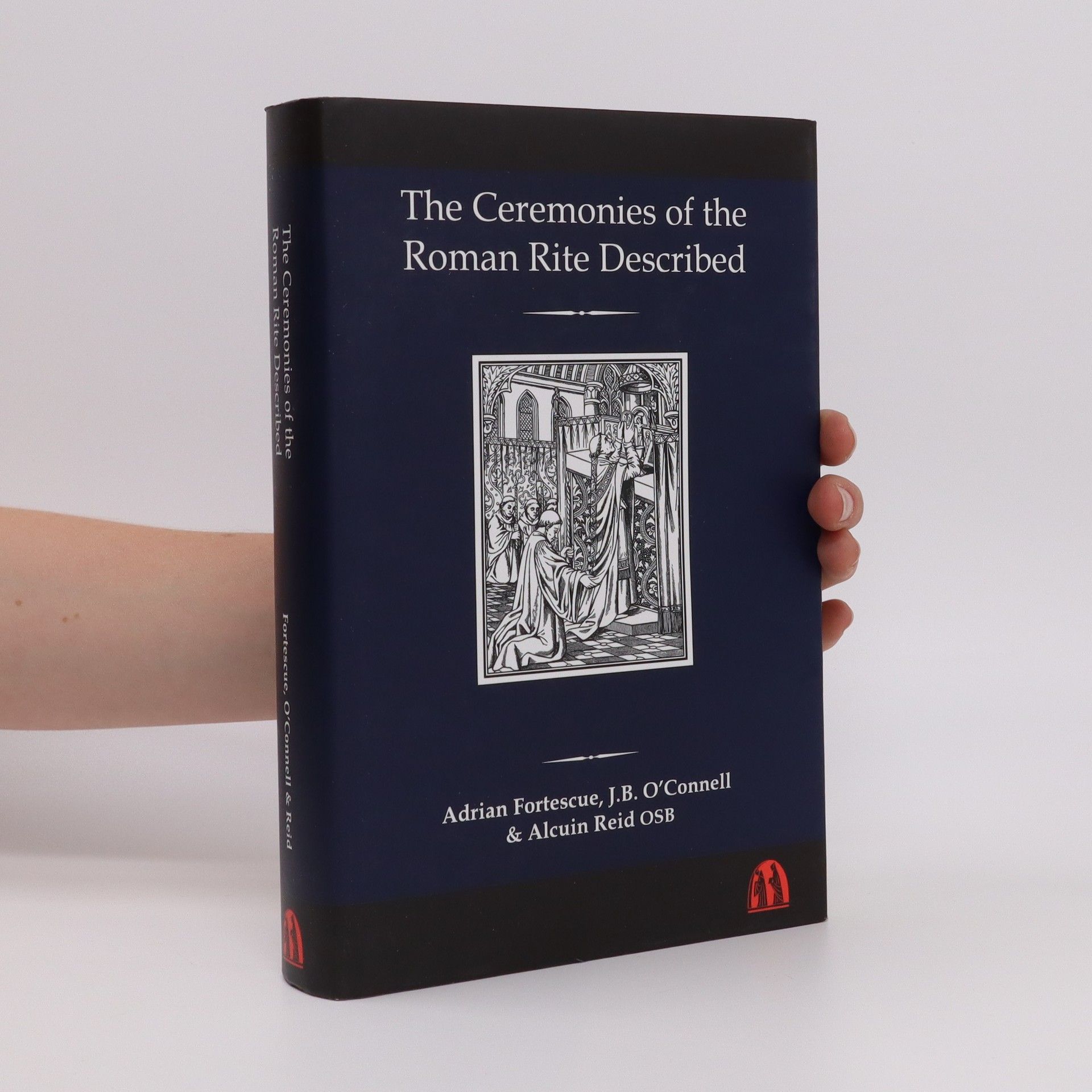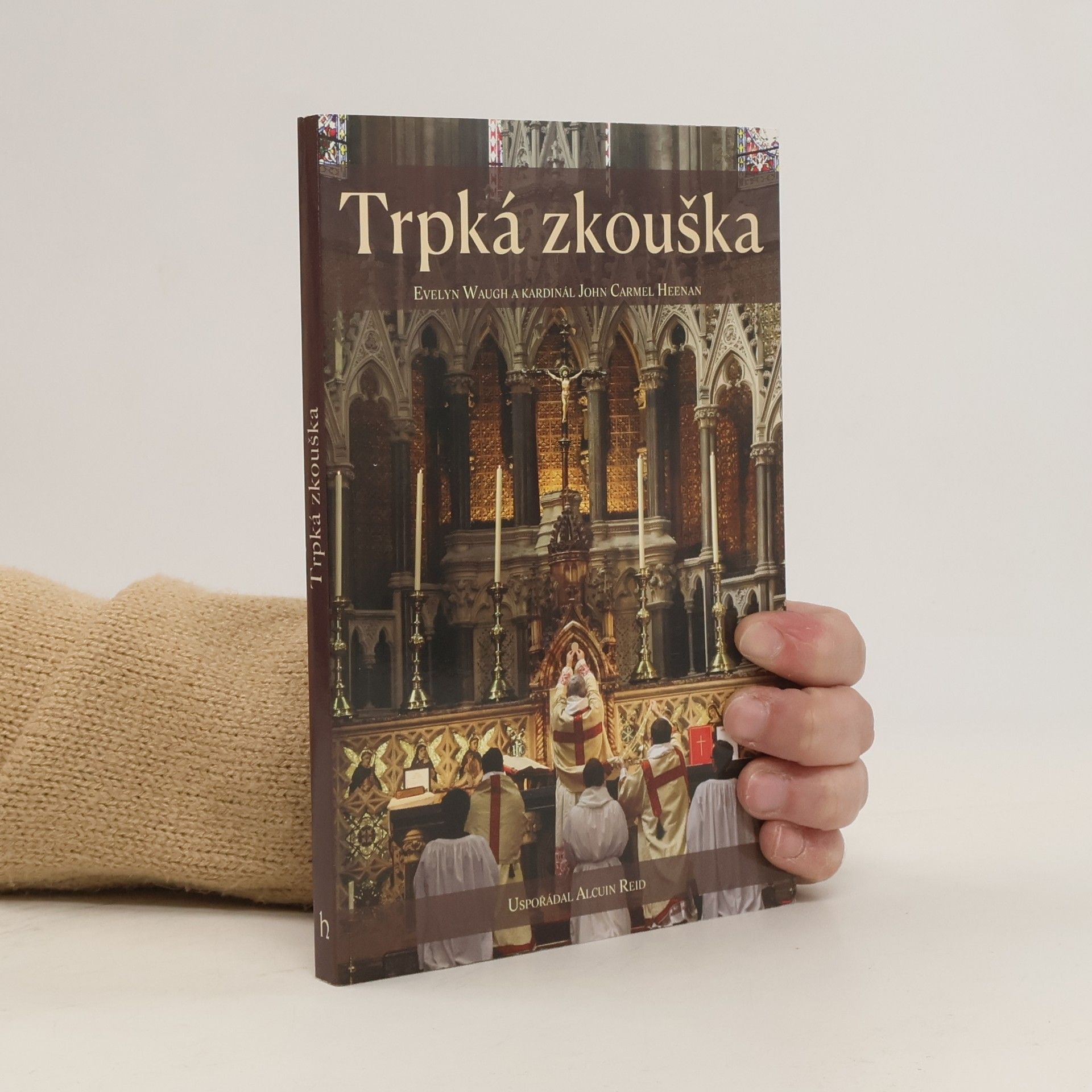Trpká zkouška
- 104 stránok
- 4 hodiny čítania
Cílem této knihy je malé zamyšlení nad trojicí činností „věřit, modlit se a milovat“, jak nás tomu učí Ježíš Kristus a jak nás k nim vede ve své církvi. Není proti jídlu, ani proti rozumnému lidskému ponoru do vlastního nitra, ani proti lásce muže a ženy.

